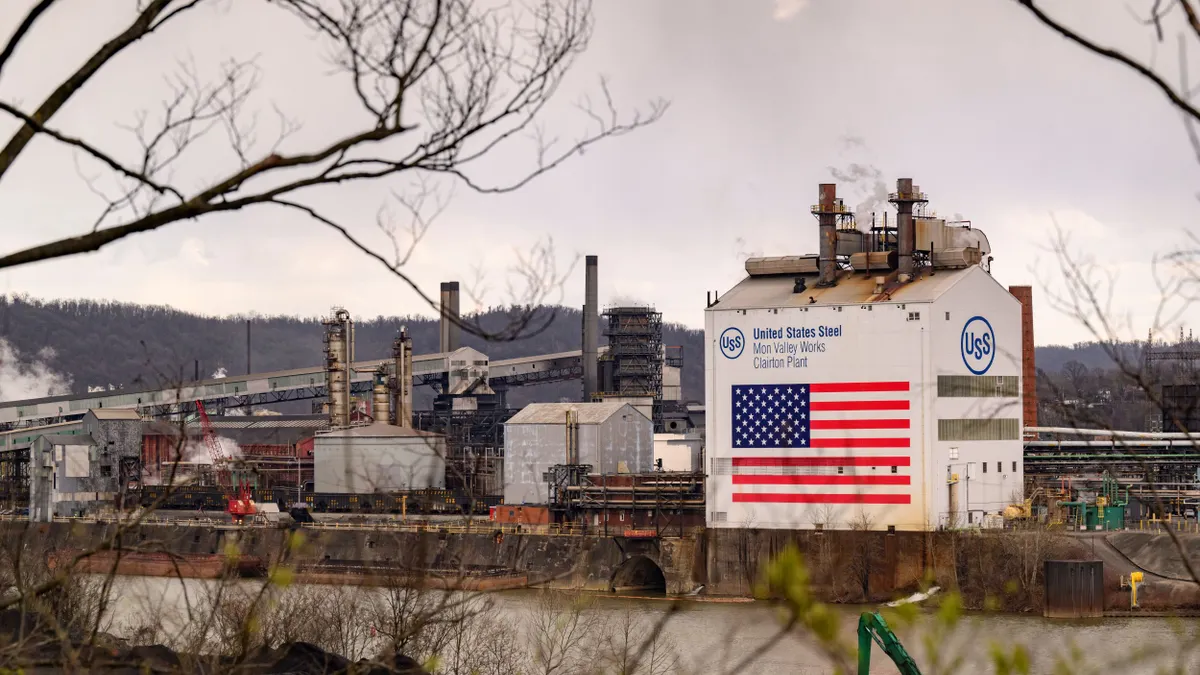As the nation grappled with a bumpy start to the school year due to pandemic-driven closures, those on the west coast also found themselves facing California's wildfire season. Still burning, the fires have affected many workers, leading employers to realize that employees in the area needed much more than a few days off.
At Mathematica, a policy research group with offices around the country, they treat employee expectations around wildfires like a natural disaster, such as a hurricane or flood. Employees affected or unable to work due to wildfires or any related extenuating circumstances used a special code in their timesheets so they did not have to take personal leave.
"We specifically reached out to our employees that potentially have been impacted by the wildfires to remind them that their safety is what's most important, and remind them that they could use that code for any time they were unable to work due to the impact of the wildfires," Jill Albanese, senior vice president and director of human resources at Mathematica, told HR Dive. She said the company does mostly project-based work and a lot of government contracting, which is why they use timesheets.
But beyond just the basic ability to be present at work, employees and employers struggle with the time horizon of the wildfires. The impact goes longer than most other natural disasters, and also creates an inability to spend recreational time outside. Albanese said Mathematica considered this deficiency and provided support for it as well, and that "being really flexible around working hours was important."
Note applicable rules
For employers in California, the wildfires tearing through the state have added another wrinkle to their COVID-19 responses and calls for action against inequality. While many have plans and procedures in place for wildfires, the state released updated guidance through its Department of Industrial Relations, in addition to worker safety guidelines and a reminder of its heat illness prevention measures.
"It’s a lot for employers to stay on top of," Sandra L. Rappaport, a partner at Hanson Bridgett, told HR Dive via email. She advised employers to have dedicated personnel for managing employee safety and support.
"Due to the myriad and constantly-evolving laws around workplace safety during the pandemic and the wildfires, employers who cannot keep their workforce at home are advised to have personnel dedicated to keeping up with the rules and ensuring compliance," she said. "This means either tasking one or more employees temporarily with these duties full-time, or hiring new employees or consultants to manage the issue."
Some of the guidelines are fairly straightforward, according to Rappaport. Employees are not required to work in any area under mandatory evacuation order, and employees should not experience "any adverse action" if they choose not to work under those conditions.
It is a bit more complex in the case of potential power outages, or workers in areas with some exposure but no mandatory evacuation order.
"Employers … requiring employees to be at work or 'at the ready' during a power outage need to ensure that they are paying employees for all hours worked," Rappaport said, "including time during which the power is out." Employers also need to "communicate to employees about the air quality index and the protective measures available to employees, and reduce their employees’ exposure through modifications to the workplace (such as providing enclosed structures with filtered air) or schedules (such as by reducing the amount of time worked outdoors), as well as provide appropriate respiratory protection."
Aim for fair, flexible implementation
In responding to both the pandemic and the wildfire, Mathematica wanted to keep an eye toward fairness for all employees, regardless of location, Albanese said.
"I think the challenge comes in when you've got a unique situation," she explained. In those circumstances, "you want to be sensitive to what the employee may be experiencing, but you also need to look at it in terms of how do you ensure that we're treating people fairly and equitably across the nation," Albanese said. She noted that a question arose about whether parents could use the natural disaster leave due to school closures, and the company had to point to other measures it had taken to alleviate pressure on working parents.
After the start of the pandemic, Albanese said Mathematica allowed parents to charge a certain amount of hours per week to caregiving, and some employees switched their schedules around or even moved to part-time. The company also implemented PTO donations and added a telehealth benefit that included mental health, which was available to employees and their family members aged 13 and older.
To make these adjustments to benefits and leave plans during tumultuous times, Albanese said the Mathematica executive team met daily for weeks before going remote. This coordination, in addition to the creation of internal tasks forces, helped it accelerate the approval and implementation process for new policies.
Albanese led the task force focused on wellbeing and employee experience. "That was a group of about 12 people from across the organization getting together to kind of share what were they hearing and seeing and where [they felt] we needed to consider additional changes," Albanese said, which was exactly how the idea to bolster mental health resources arose.


















